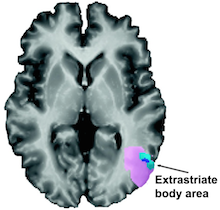Using metaphors to explain biomedical concepts is our bread and butter. That’s why we were tickled to see a recent paper from Winship Cancer Institute bioethicist Rebecca Pentz and colleagues, titled:
Using Metaphors to Explain Molecular Testing to Cancer Patients
Pentz’s team systematically evaluated something that science writers and journalists try to do all the time (and not always well). And they did so with actual conversations between doctors and patients at Winship. The first author of the paper, published in The Oncologist, was medical student Ana Pinheiro.
The researchers studied 66 conversations with nine oncologists. In 25 of those conversations, patients reported that they were able to hear a metaphor. Here’s one example:
“We try to figure out what food makes this kind of cancer grow. For this cancer, the food was estrogen and progesterone. So we’re going to focus on blocking the hormones, because that way we starve the cancer of its food.”
The paper lists all 17 (bus driver, boss, switch, battery, circuit, broken light switch, gas pedal, key turning off an engine, key opening a lock, food for growth, satellite and antenna, interstate, alternate circuit, traffic jam, blueprint, room names, Florida citrus) and how they were used to explain eight cancer-related molecular testing terms.
When patients were asked about the helpfulness of a metaphor that was used, 85 percent of the time they demonstrated understanding and said it was helpful. So let the metaphors fly!





